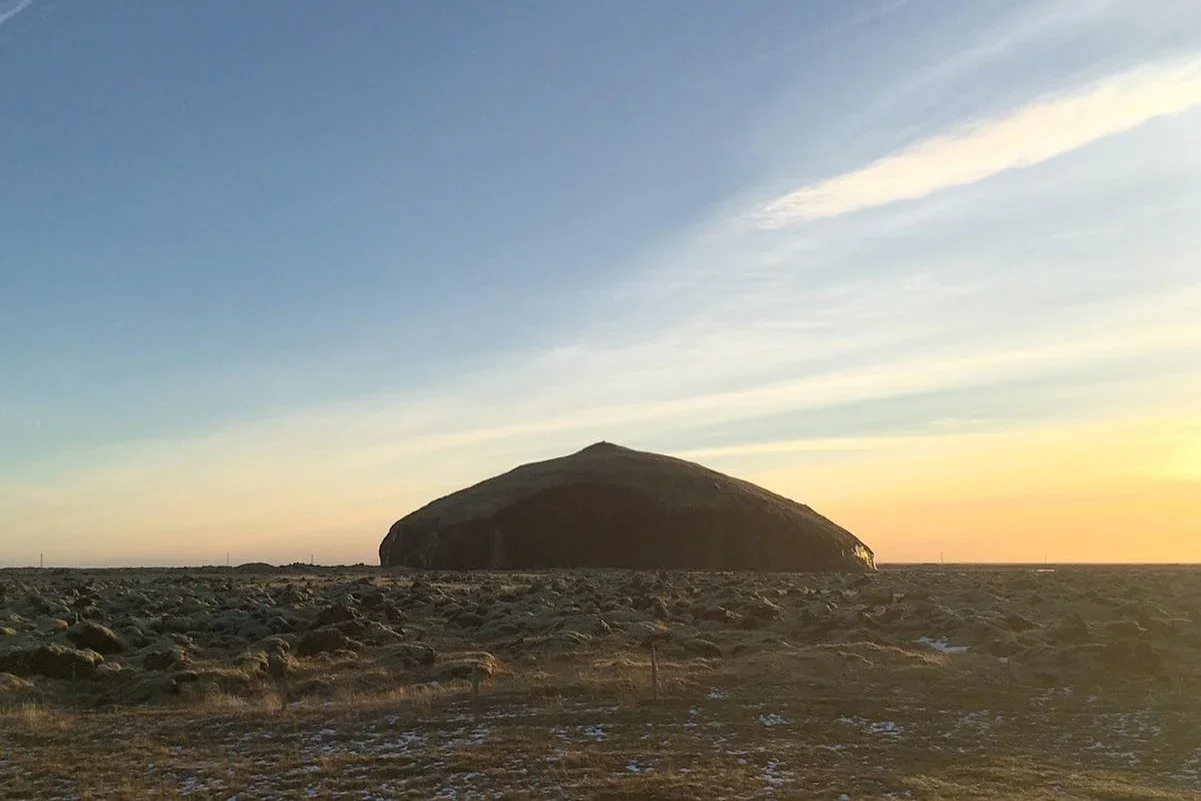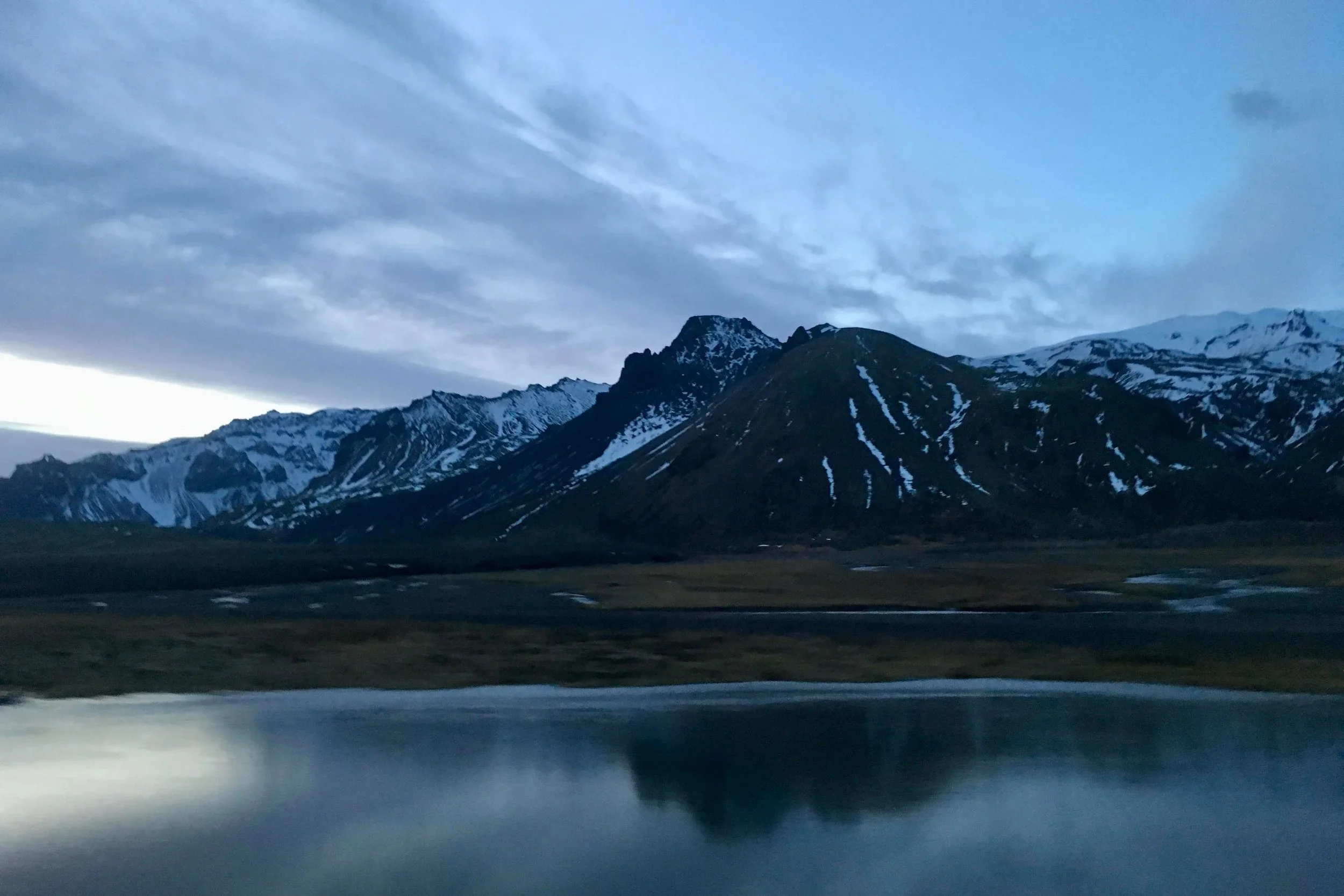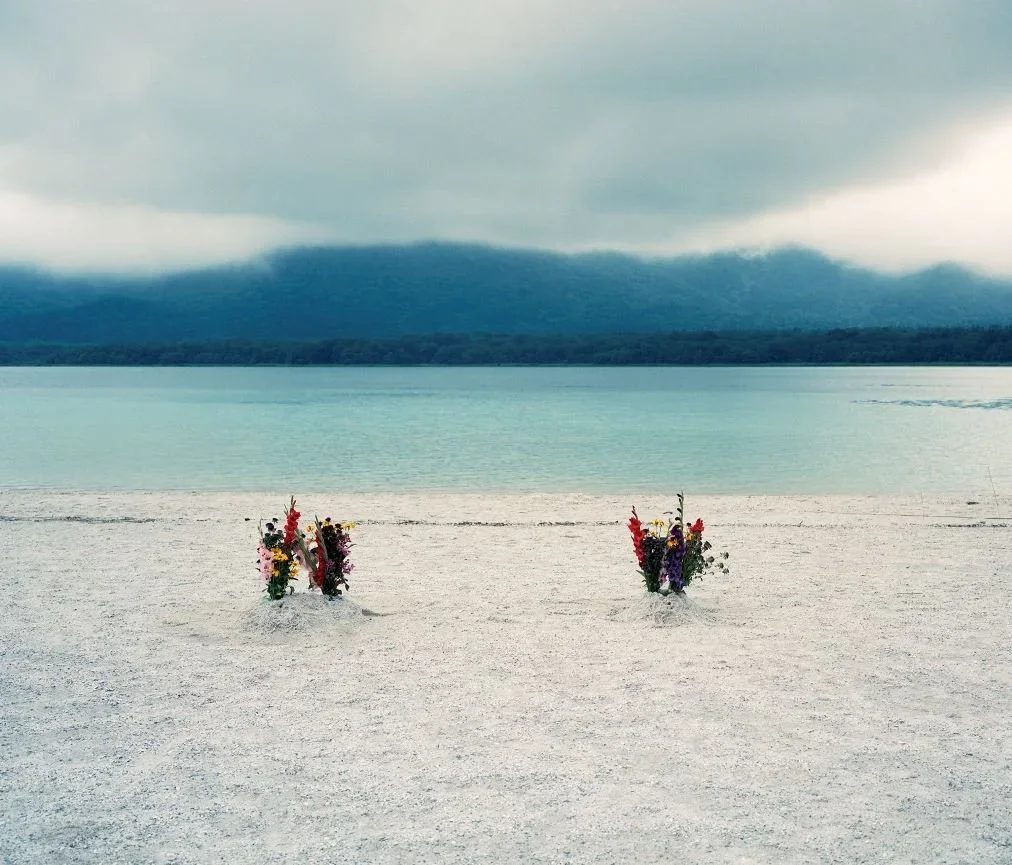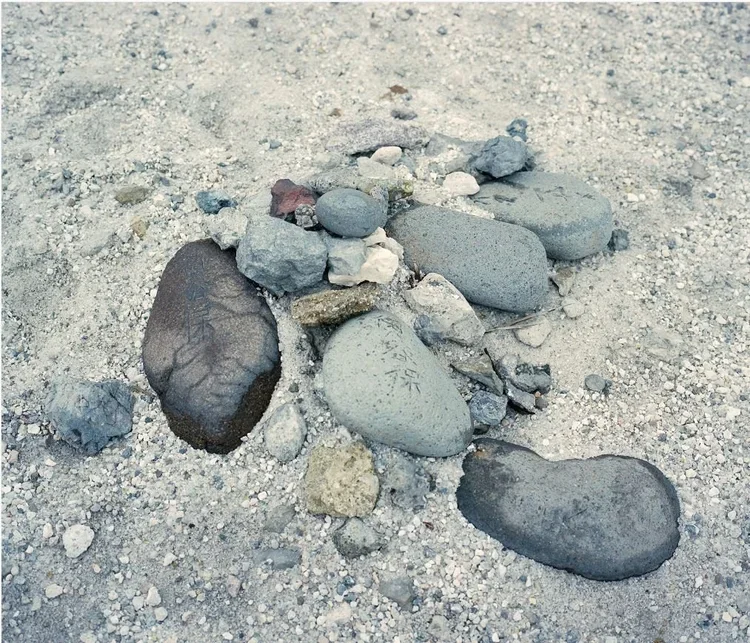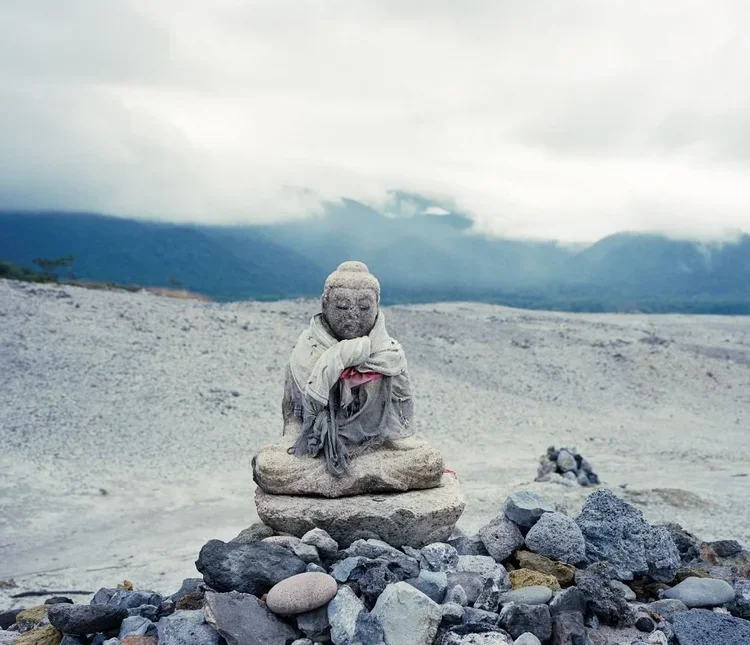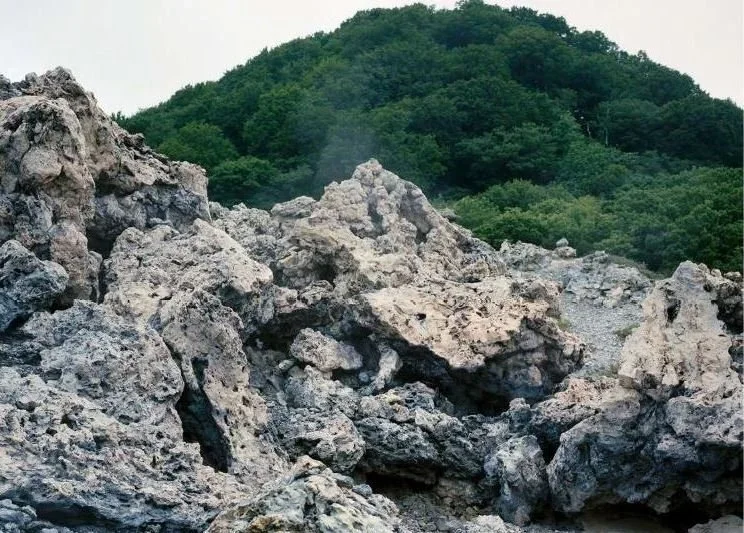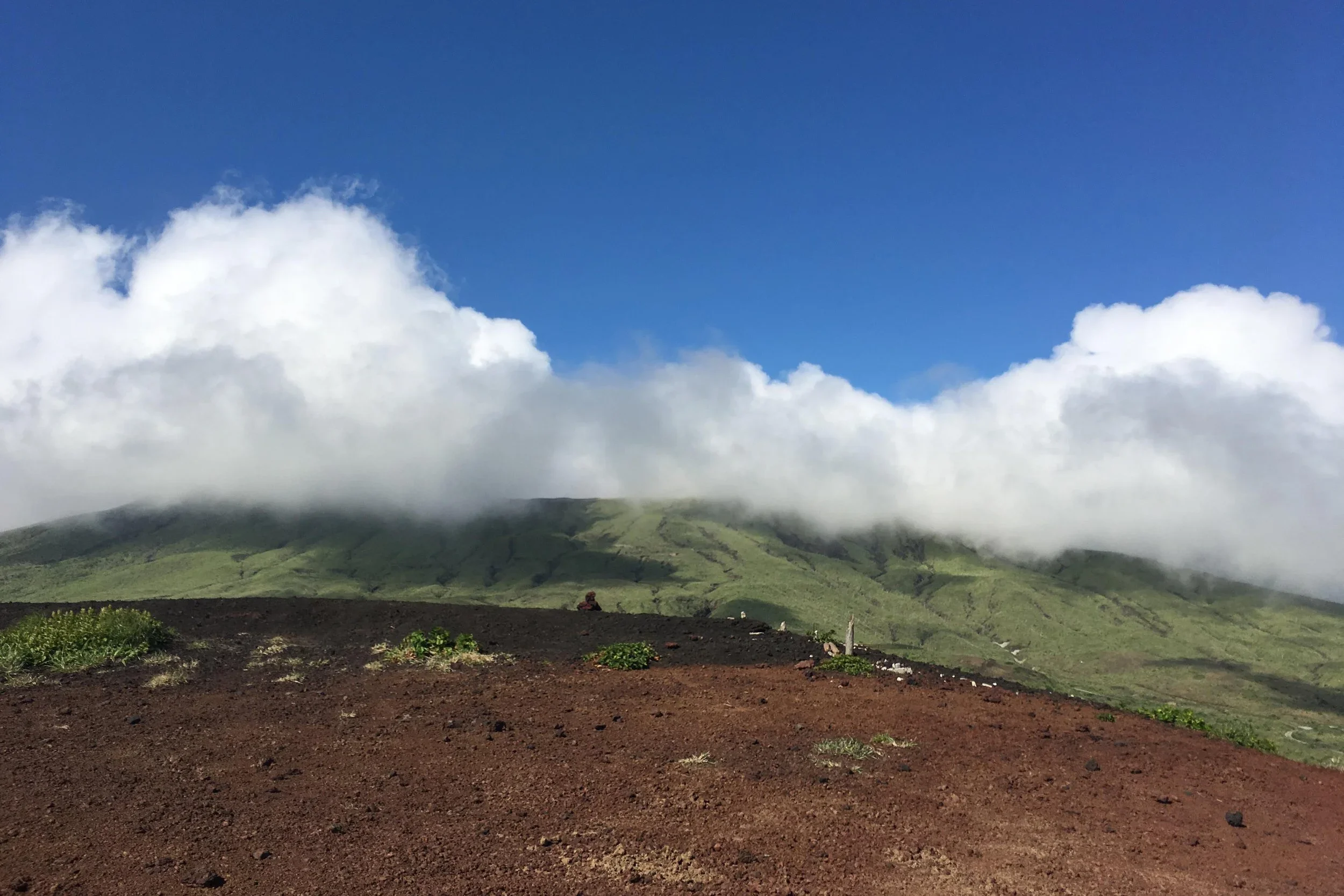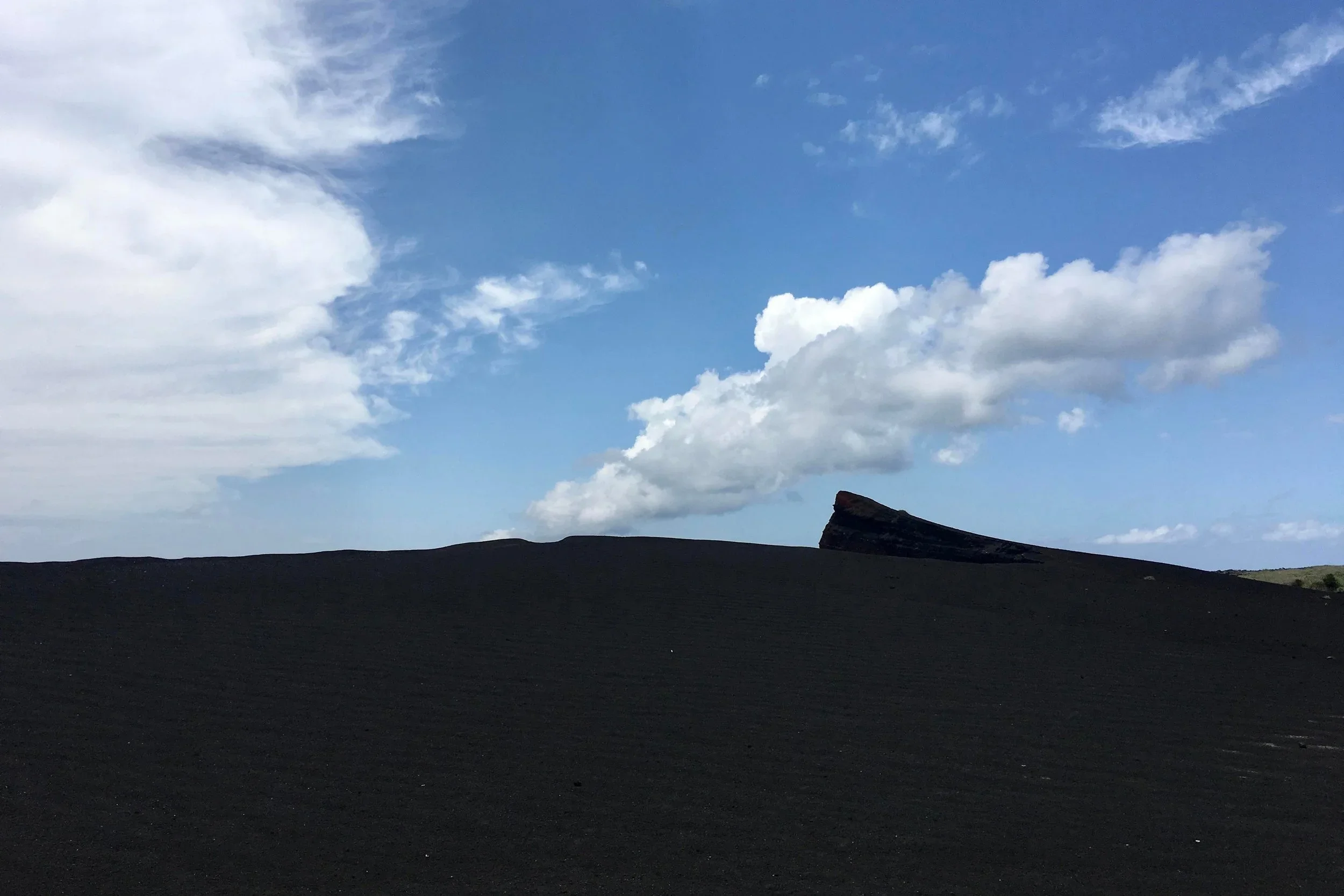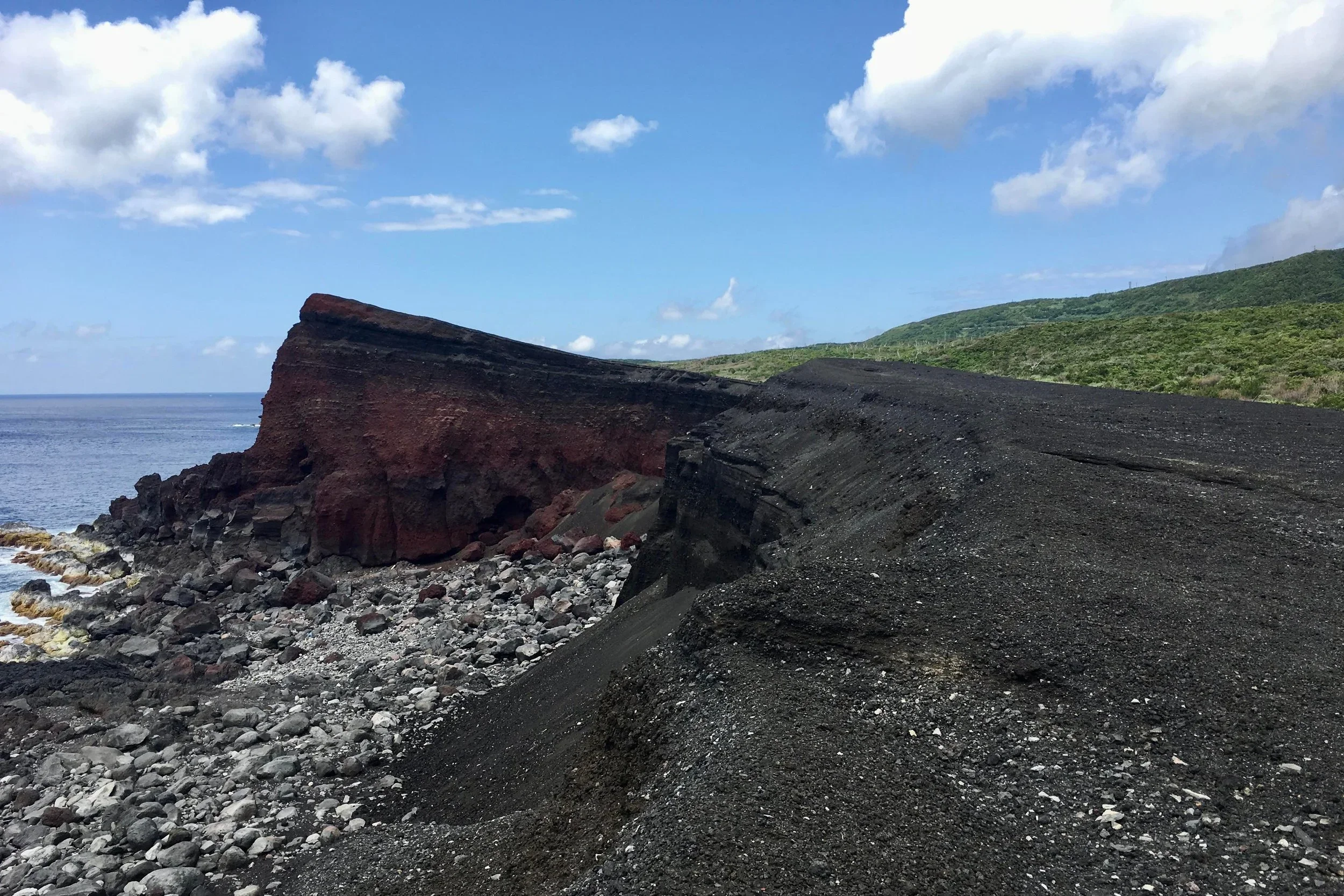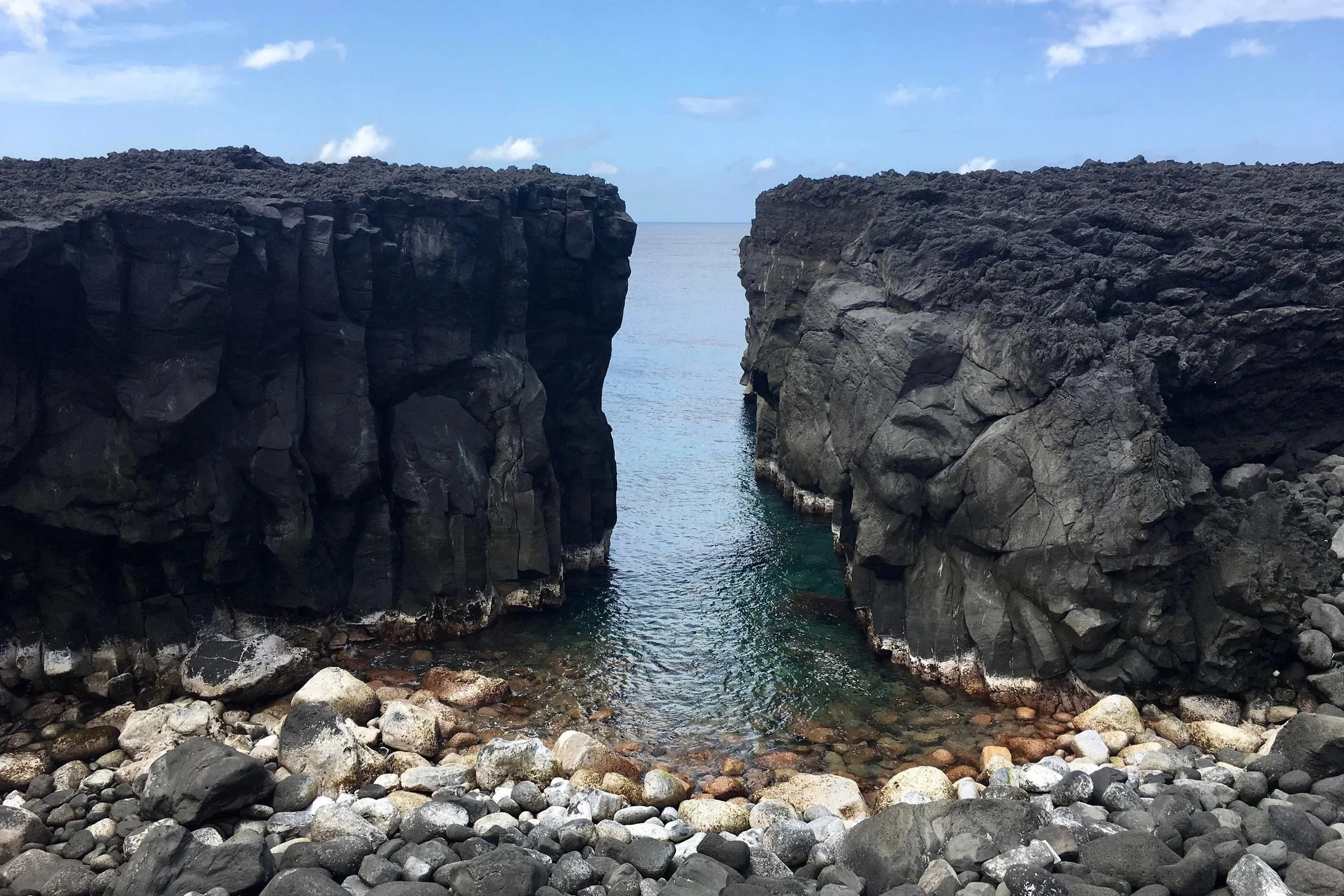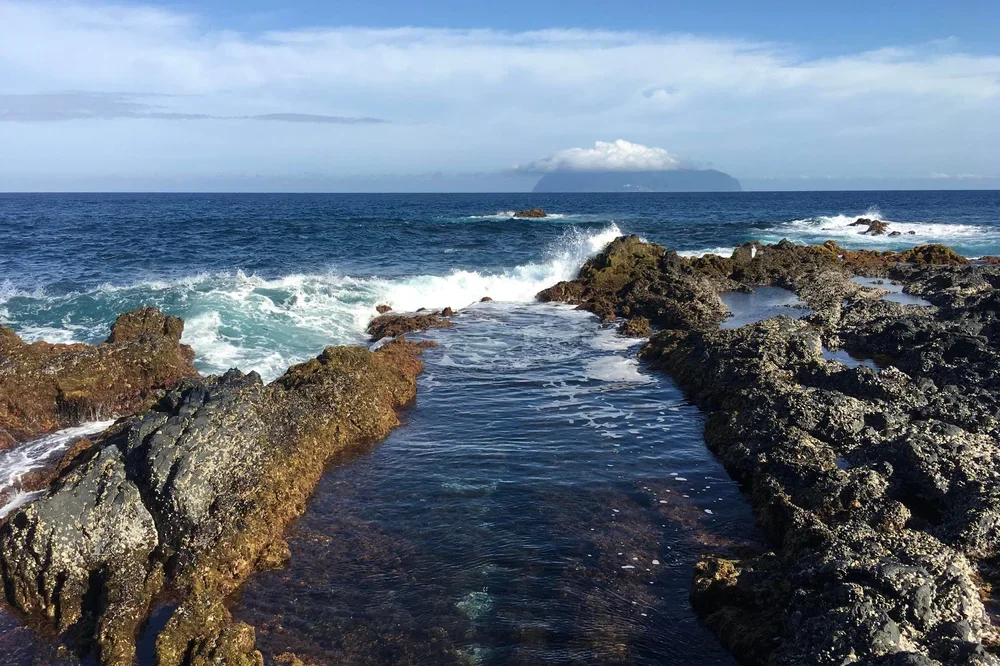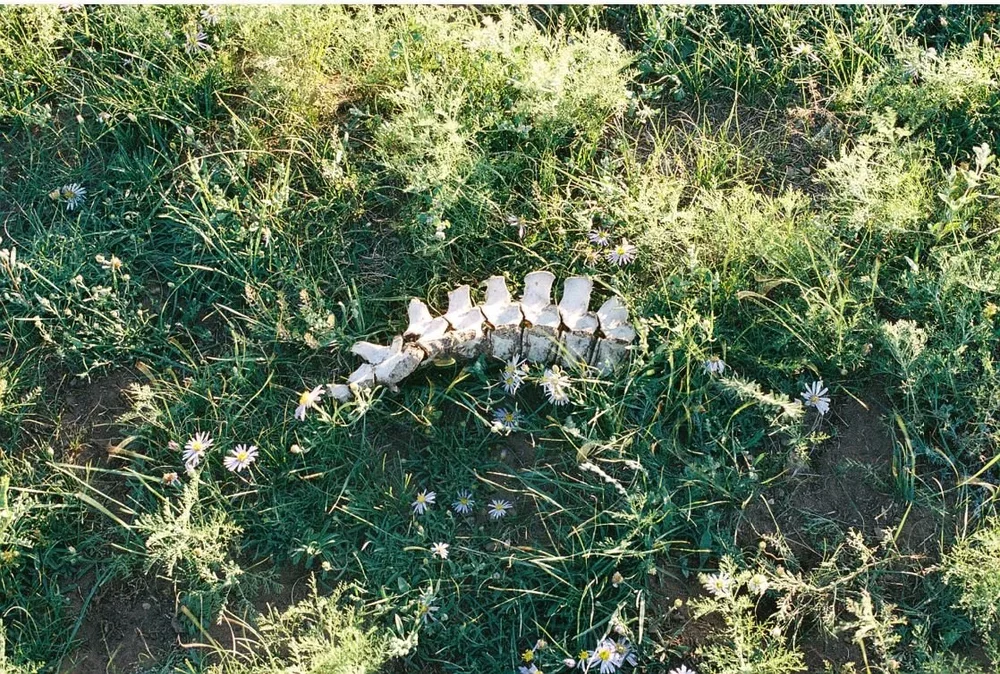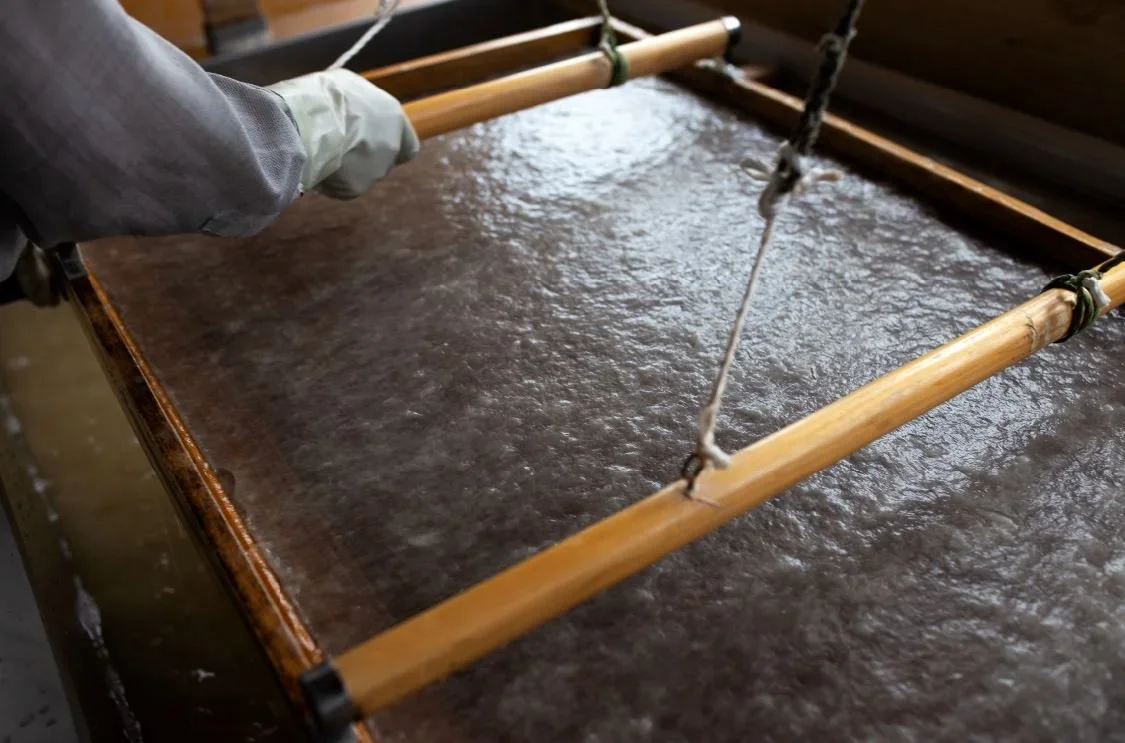iceland“Is this nothing?-What are these humps and lumps? Here we have a field of humps and bumps in the scale of the horizon. Lumps and rumps in a remote and unknowable place. Mossy mounds, each surrounded by mossy valleys the width of your foot. These valleys form a network and maze. They do not confuse but they slow you down. They pace you, give your travel cadence, move you along in a way particular to this place. They demand a kind of intimacy, another attention in complement to the awesome scale of this open, open space. Because you want to walk, to go out among these sensuous lumps. You want to lice upon them feeling your body a center point to the endlessly open and the immediately intimate. You become the intersection, the place where this nothing is finally named.” Roni Horn.
「これは「無」なのだろうか?――この起伏や隆起は何なのだろう?
ここには、地平線のスケールで広がる、うねりと盛り上がりの野がある。
遠く、未知の場所に連なる、苔むした小さな丘の群れ。
それぞれの丘は、足幅ほどの細い苔の谷に囲まれている。
その谷は網目のように連なり、迷路のようでもある。
迷わせることはないが、歩みをゆるやかにする。
この土地特有のリズムで、旅に拍子を与え、歩を進めさせる。
それらは、圧倒的な広がりと対をなす、もうひとつの親密さ――そんな注意深さを私たちに求める。
なぜなら、私たちは歩きたいのだ。
この官能的な起伏のあいだを進みたいのだ。
その上に身を横たえ、自らの身体を、果てしなく開かれた世界と、すぐそこにある親密さとの交点として感じながら。
あなたはやがて、「無」と呼ばれていたこの場所の名を、
自らの存在をもって与えることになるのだ。」ロニ・ホーン
Osorezan, August 2020Located at the tip of Shimokita Peninsula and founded in 862 by a Buddhist priest, Ennin, its remote landscape resembling the Buddhist notion of paradise and hell where souls of the deceased gain entry to the afterlife. The mountain became an intersection between the worlds of the Gods and the mortals. Crossing the volcanic rock-strewn landscape is walking on the terrain of the imagination. Standing down at the lake with its stretch of white sand and gazing out to Mount Osorezan, becomes a conversation. Spinning pinwheels, dolls, flowers, personalized rock piles are offerings to remember children who have passed away. Empathy and acceptance can be sensed. A possibility to grasp the feeling of non-duality of the Absolute and Relative.
下北半島の先端に位置し、862年に僧・円仁によって開かれた恐山。
その人里離れた風景は、死者の魂があの世へと渡る「極楽と地獄」を思わせる場所として知られています。
この山は、神々と人間の世界が交わる場所となりました。
火山岩が点在する大地を歩くことは、まるで想像の世界を旅するよう。
白い砂浜の広がる湖畔に立ち、恐山を望むと、そこには静かな対話が生まれます。
風車、人形、花、積み重ねられた石──それぞれが亡くなった子どもたちへの祈りの証。
そこには、深い共感と受容の感覚が漂い、
絶対と相対――二つの世界がひとつに溶け合う感覚を、ふと手に取ることができるかのようです。
miyakejima